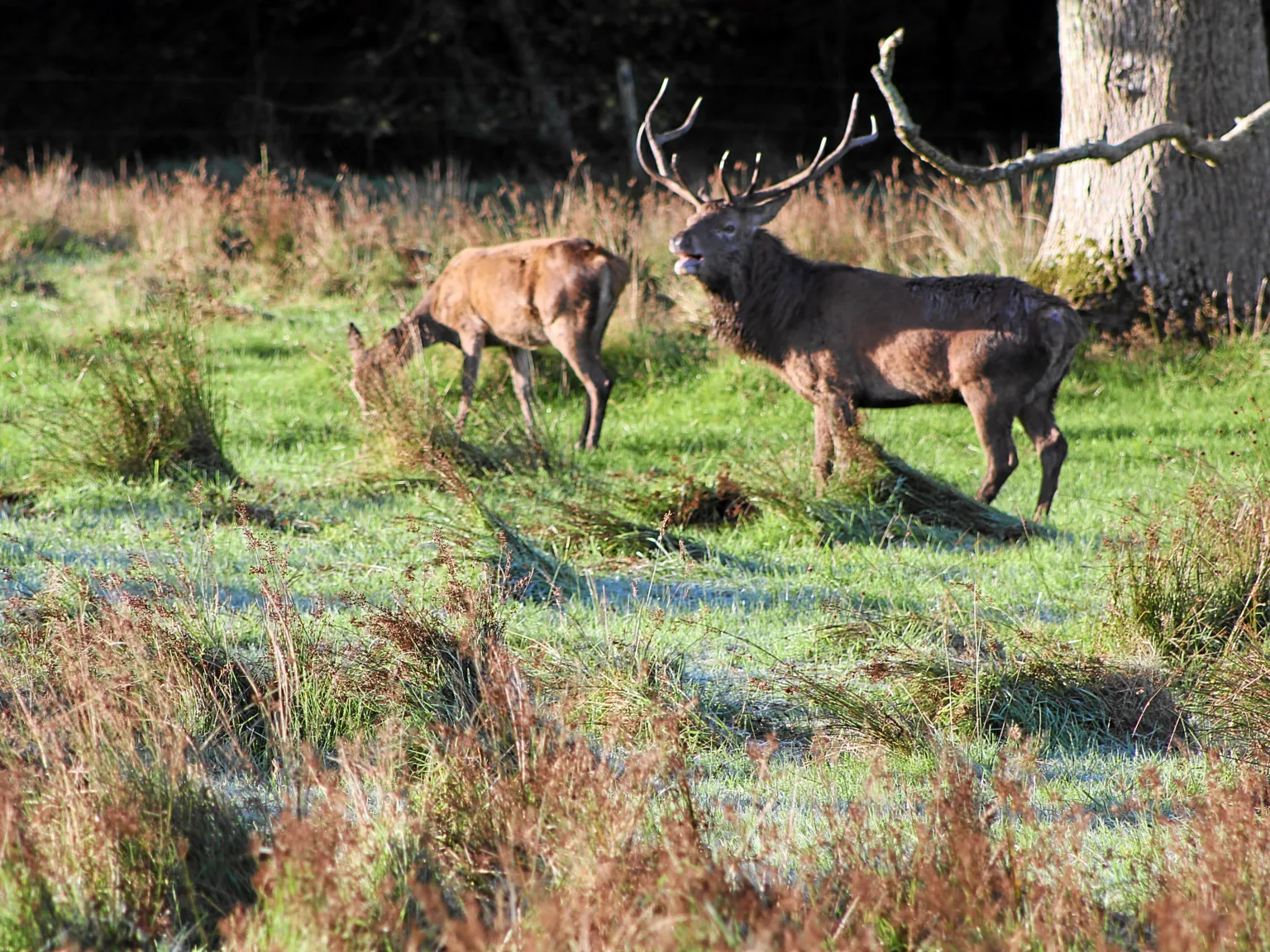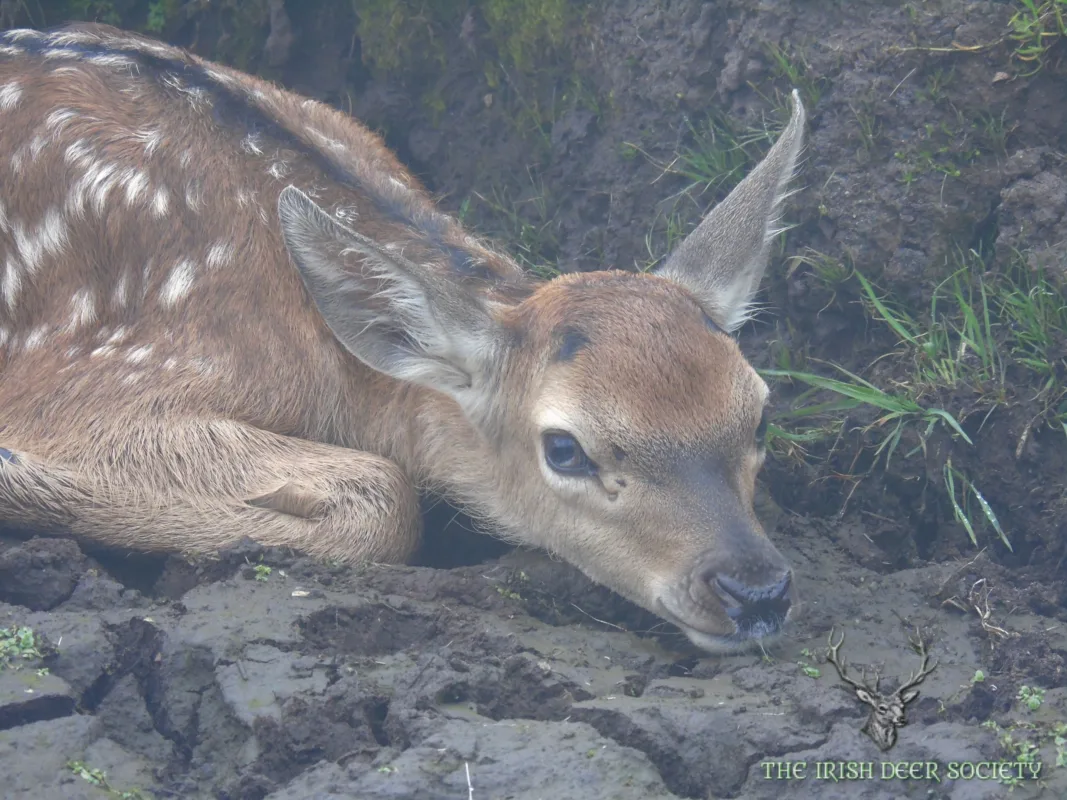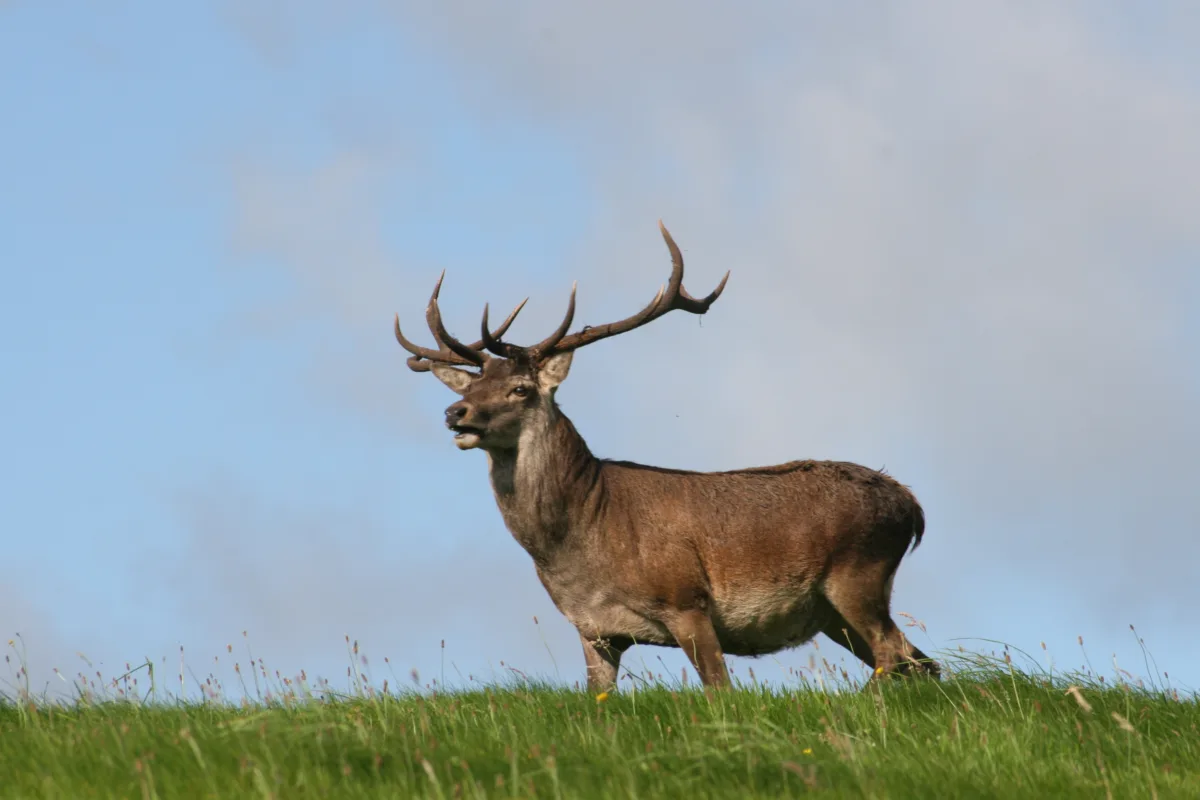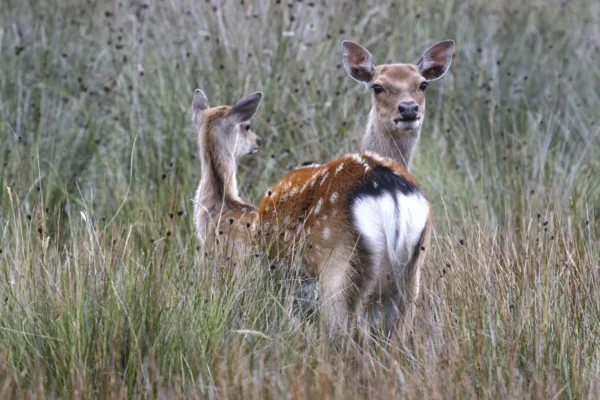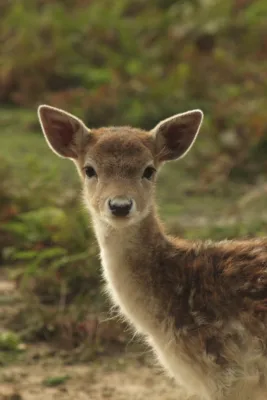Why do we need to manage Deer?
Deer management in Ireland is essential to maintain ecological balance, protect biodiversity, and support agricultural productivity. In recent decades, deer populations—particularly species like the sika, fallow, and red deer—have expanded significantly due to a lack of natural predators and mild winters. While deer are an important part of Ireland’s natural heritage, unmanaged populations can lead to serious environmental and economic consequences.
High deer densities contribute to overgrazing, which damages native woodlands, slows forest regeneration, and threatens habitats for other wildlife. This ecological imbalance can result in the loss of plant diversity and increased soil erosion. Deer also pose challenges to farmers, as they can damage crops, trample pasture, and spread diseases to livestock. Additionally, road traffic accidents involving deer are becoming more frequent, posing risks to public safety.
Effective deer management—through population monitoring, regulated culling, and habitat planning—helps strike a balance between conservation and land use. It also supports the health and welfare of deer populations themselves by preventing starvation and disease outbreaks due to overpopulation. Involving landowners, hunters, conservationists, and the public is key to creating sustainable, science-based strategies that ensure Ireland’s landscapes remain healthy and diverse for future generations.
Our role in Culling
Deer culling is a necessary and responsible practice in Ireland due to the rapid growth of deer populations across the country. With no natural predators and increasingly favourable conditions, species such as sika, fallow and red deer have expanded well beyond sustainable levels. This overpopulation is having serious consequences for the environment, agriculture, and public safety.
One of the most pressing issues is the impact on native habitats. Overgrazing by deer prevents natural woodland regeneration, damages protected habitats, and threatens biodiversity. Delicate ecosystems cannot recover when deer populations remain unchecked. In agricultural areas, deer cause significant damage to crops, fencing, and grassland, resulting in economic losses for farmers.
Culling also helps to reduce the risk of disease transmission between deer and livestock, and lowers the number of road traffic accidents involving deer, which have become increasingly common in rural areas.
Without population control, deer suffer as well. Overcrowding can lead to poor body condition, starvation, and the spread of disease. Culling, when carried out ethically and based on scientific data, is an important tool for keeping populations at healthy levels and maintaining balance between wildlife, the landscape, and human activity in Ireland. Culling deer carries great responsibility and one of the Irish Deer Society’s founding principles is the promotion of humane control using the appropriate tools and within best practice guidelines.
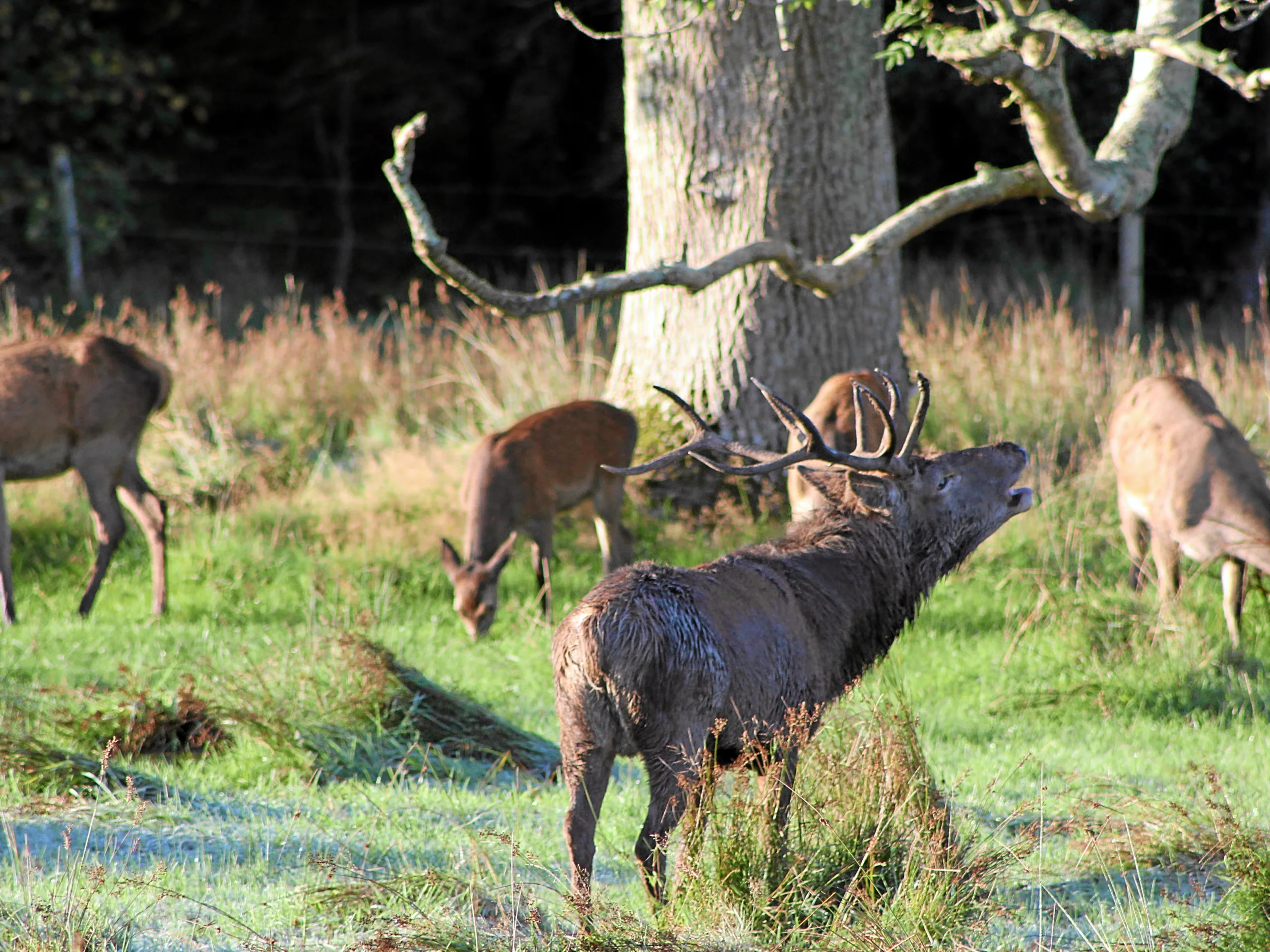

Events
Lorem ipsum dolor sit roman tol minup sla

Membership
Lorem ipsum dolor sit roman tol minup sla

Donate
Lorem ipsum dolor sit roman tol minup sla

Report an Incident
Lorem ipsum dolor sit roman tol minup sla
Events and workshops
Lorem ipsum dolor sit amet, consectetuer adipiscing elit, sed diam nonummy nibh euismod tincidunt ut laoreet dolore magna aliquam erat volutpat.Lorem ipsum dolor sit amet, consectetuer adipiscing elit, sed doreet dolore magna aliquam erat volutpat.
“We are devoted to improving the welfare of wild deer in Ireland and recognise and accept that this may involve culling for the greater good and protection of the overall herd.”
~ John Smith
Where to see Deer
Lorem ipsum dolor sit amet, consectetuer adipiscing elit, sed diam nunt ut laoreet dolore m erat volutpat.Lorem ipsum dolor sit amet, consectetuer adipiscing elit, sed doreet dolore magna aliquam erat volutpat.
Get in touch